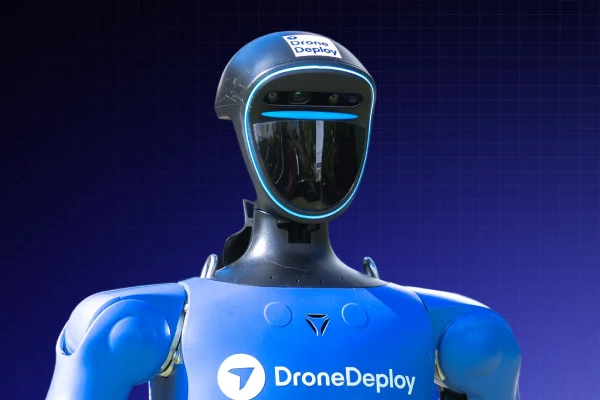How Ground Robots Reduce Environmental Footprints in Oil & Gas

Quick Summary
In recent years, oil & gas companies have been under increasing pressure to reduce methane emissions, as the world strives to mitigate the impacts of climate change.
Methane has a shorter atmospheric lifespan than carbon dioxide, but is more potent. In the US, the oil & gas industry is responsible for 30% of total methane emissions, making it the most significant industrial emitter. In response, all of the biggest oil & gas companies have committed to reducing methane emissions from their operations by meeting targets that measure the amount of greenhouse gas (GHG) emissions per unit of energy or barrel of product.
But meeting these targets is no easy task. Methane emissions occur throughout the oil & gas supply chain — upstream, midstream, and downstream. Fortunately, ground robots could help to address this problem by detecting methane leaks quickly and efficiently, and improving compliance with GHG regulations.

Why Methane Leaks are Hard to Detect Reliably
There are several ways that methane escapes during the process of extracting and processing oil & natural gas. Methane and VOC (volatile oil compounds) is often deliberately vented from storage tanks or depressurizing equipment. There are also numerous infrastructure components that are prone to leaks – including pumps, valves, compressors, gauges, and pipe connectors.
This problem is exacerbated by the fact that some infrastructure in use today is decades old and prone to leakage. Ripping and replacing this infrastructure is a costly undertaking and often impractical due to the potential impact on operations. With the goal of continuous emissions in mind, sending employees to detect these leaks is time-consuming and impractical, as many pipelines stretching for thousands of miles.
Technology has offered alternative solutions, but none of them are perfect. For example, some companies are using satellites to detect methane leaks. This is useful for spotting large plumes, but difficult to detect small leaks or low concentrations. Plus, clouds can cause interference.
More commonly, oil & gas companies are using static sensors on sites and infrastructure to detect leaks – but these too come with problems. Wind and environmental factors can stop them from working correctly, and electro-chemical gas sensors frequently break down on their own. These sensors need constant calibration, and cannot detect small concentrations, making them unfit for long-term emission detection. While IR-Laser sensors are more practical, they’re also highly expensive.

Using Ground Robots for Efficient Methane Detection
Fortunately, ground robots (such as rovers or quadrupeds like Spot from Boston Dynamics) can be equipped with gas sensors and optical gas imaging (OGI) cameras and sent on missions to detect and monitor GHG leaks on sites. These robots use sophisticated sensors to inspect large areas, rather than having to install hundreds or even thousands of stationary sensors. And due to their mobility, robots are often capable of catching leaks that fixed sensors miss due to environmental factors.
Ground robots can be used effectively in conjunction with other technology, for example performing an ad-hoc and remotely teleoperated investigation of a suspected leak that’s been picked up by a stationary camera or a drone. But they add the most value to oil & gas operations when sent on regular, pre-scheduled autonomous inspection missions. As most sensors are sold for upwards of $20,000 USD, this is a significant cost reduction for organizations.
By locating and quantifying methane leaks faster than employees can, ground robots help your business meet GHG and ESG targets more effectively. These tools bring the value of continuous inspection without creating a labor overhead, or worse, jeopardizing employee safety. With remote, unmanned ground robots at your disposal, your organization can monitor leaks and emissions more efficiently, further reducing your environmental footprint and driving the industry to net-zero by 2050.
To learn more about the benefits of ground robots in the oil & gas sector, read our eBook "Ground Robots for Autonomous Operations in Oil & Gas," or contact us today.
FAQ
Related articles
Ready to manage your data from the very start?
Book a quick call to see how DroneDeploy streamlines capture from construction through building ROI.
.svg)
.png)


